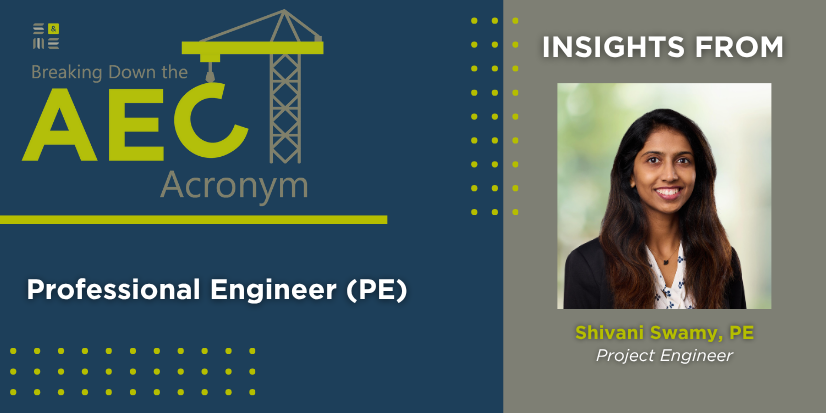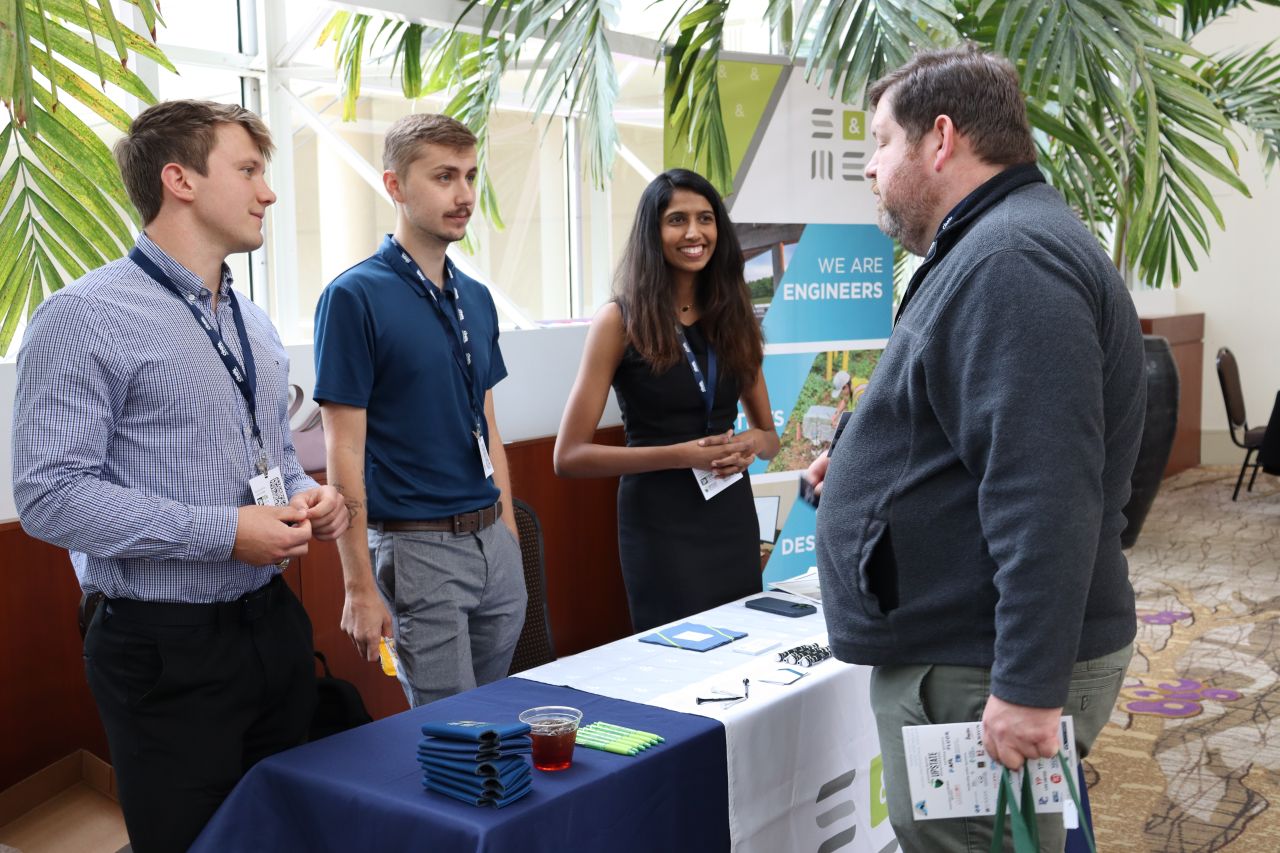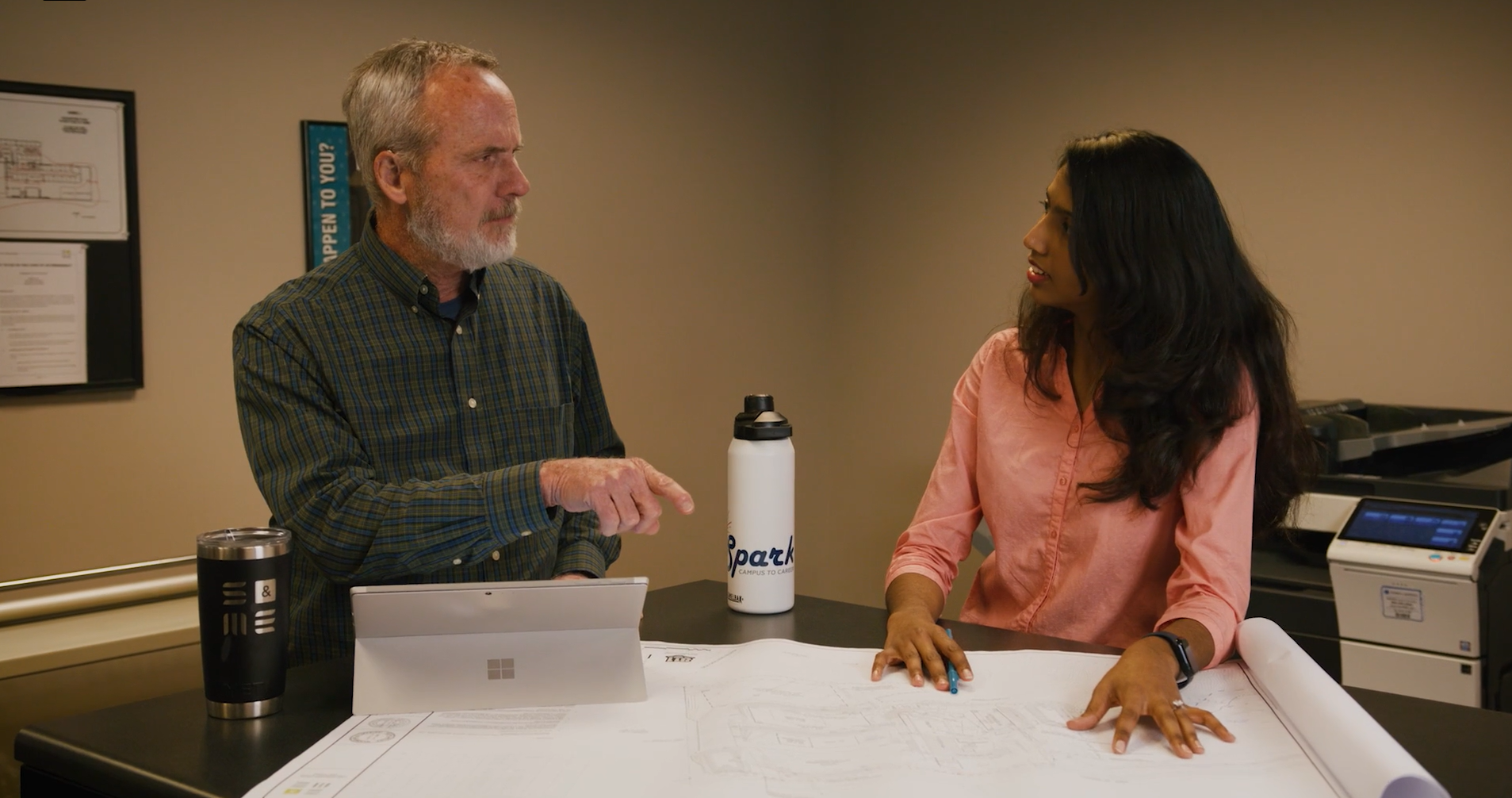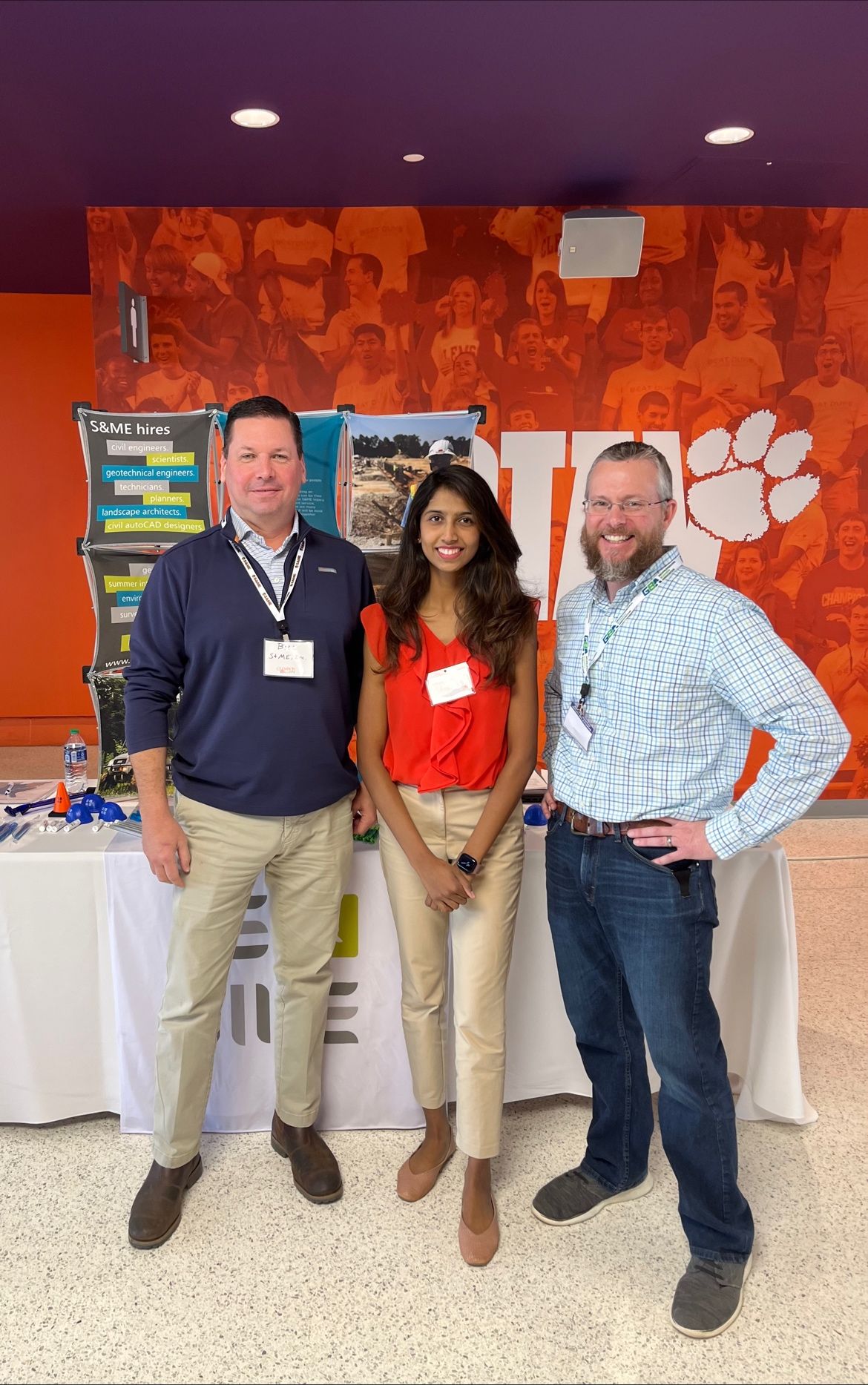August 06, 2025
If you’ve ever talked with an architect, engineer, or contractor you may find they use a lot of letters in their lingo. This campaign is an effort to demystify some of the commonly used acronyms in the Architecture, Engineering, and Construction (A/E/C) industry, what they mean, and why they are important.

What is a Professional Engineer (PE)?
A Professional Engineer (PE) is a licensed expert who has demonstrated mastery in their engineering discipline through rigorous education, experience, and examination. Earning the PE designation is a significant milestone that reflects a commitment to public safety, ethical practice, and technical excellence. In the AEC industry, PEs play a pivotal role in transforming architectural visions into structurally sound and code-compliant realities. They oversee complex design and construction processes, ensure regulatory compliance, and mitigate risks through precise calculations and technical specifications.
Their value lies not only in technical expertise but also in their ability to collaborate across disciplines bridging architects, contractors, and field teams to deliver efficient, sustainable, and resilient infrastructure.
Whether working on mechanical systems, civil structures, or environmental solutions, professional engineers are critical to the success and safety of every built project.
Meet Project Engineer, Shivani Swamy, PE
 Shivani is a Project Engineer based in S&ME’s Spartanburg, South Carolina office. With four years of experience at S&ME, she has contributed to a wide range of projects involving environmental permitting, stormwater compliance and design, floodplain permitting, remediation, and civil site design. Shivani began her journey with the company through the Spark Internship Program in 2021 and has since become a key member of the team.
Shivani is a Project Engineer based in S&ME’s Spartanburg, South Carolina office. With four years of experience at S&ME, she has contributed to a wide range of projects involving environmental permitting, stormwater compliance and design, floodplain permitting, remediation, and civil site design. Shivani began her journey with the company through the Spark Internship Program in 2021 and has since become a key member of the team.

Shivani was recognized with the S&ME Young Professionals Award.
In recognition of her outstanding contributions, Shivani received the Young Professionals Award at the 2024 S&ME Technical Conference.
Shivani holds a Master of Science in Environmental Engineering from Clemson University (2021) and a Bachelor of Technology in Civil Engineering from the National Institute of Technology Karnataka, India (2019).
What inspired you to pursue your PE, and what did the journey look like for you?

Shivani regularly participates in Career Fairs to recruit the future of S&ME.
“Obtaining a PE license is a significant milestone in an engineer’s career. It is something I’ve always looked forward to. I was motivated by the idea of one day seeing my name on a professional engineer’s stamp and taking on that level of responsibility. I took my FE exam during grad school after which I had to wait to gain my professional experience before taking the PE exam. The preparation for the PE exam was intense. I decided to study independently, so I began by thoroughly researching the exam format, requirements, and the best study materials. Fortunately, some of my colleagues were incredibly supportive and helped me gather the resources I needed. After three months of commitment to studying, it was very rewarding to hear that I passed the exam.”
Can you explain the EIT process?
“The process of obtaining the Engineer-in-Training (EIT) certification is typically a two-step process. First, you must pass the Fundamentals of Engineering (FE) exam, which is standardized across the country. This is followed by submitting the required documentation to the relevant state authority to verify that you meet the educational qualifications necessary for certification.”
How has earning your PE designation changed your responsibilities or the way you approach your work?
“Earning the Professional Engineer (PE) designation has significantly increased my level of responsibility. Holding a PE stamp means I am directly accountable for the work I endorse, not only to my higher-up, but also to the public, regulatory bodies, and myself. This responsibility has made me more diligent in reviewing every detail of a project before signing off, ensuring accuracy and compliance. This has also fostered a sense of ownership towards projects.”

Can you walk us through a typical day in your role?
“As a Project Engineer, my typical day involves a variety of tasks. I spend time preparing proposals, managing project budgets, and working on civil engineering designs, particularly for stormwater permitting. Additionally, I handle billing and invoicing responsibilities. However, my favorite part of the day is conducting fieldwork. I appreciate a good balance between having time in the office and in the field.”

A proud Clemson alum, Shivani attends a Career Fair at the university.
What engineering codes or standards do you work with most frequently, and how do you stay up to date with changes?
“I frequently refer to the NPDES General Permit for Stormwater Discharges from Construction Activities (CGP) and Industrial Activities (IGP). To stay current with any updates or changes, I actively follow newsletters from the states where I work, regularly check relevant regulatory websites, and participate in professional organizations that provide updates on new laws and regulations affecting our field.”
What’s been the most technically challenging or your favorite project you’ve worked on so far, and how did you approach solving it?
“In my field, each jurisdiction has its own set of regulations. As a result, with every new location that I work in, I get to explore and learn something new. My very first project that I took care of from proposal to completion has still remained my favorite project, which was also a technically challenging project. I spent time understanding and researching the requirements of the County, corresponding with the officials, learnt new modeling software for calculations, and finally watching the project come to life. The technical challenge was to determine the correct steps to secure the necessary permits within the given timeframe.”
How does your work as a PE contribute to the overall quality and safety of the projects you’re involved in?
“Preparations for the PE exam helped me brush up on my technical skills and broadened the toolset at my disposal. I am able to apply that knowledge to my work as needed. With PE licensure, I am now capable of handling a project from birth to completion with a high degree of independence.”
What advice would you give to someone considering the PE path early in their career?
“I highly encourage anyone considering the PE path to pursue licensure early in their career. If possible, taking the exam soon after graduation is a great idea, as the material will be fresh in your mind. In the workplace, we often specialize in specific areas, which means not all topics studied during school are directly applicable to daily tasks. Earning your PE early can help solidify that foundation while it’s still fresh and make it a smooth process.”
